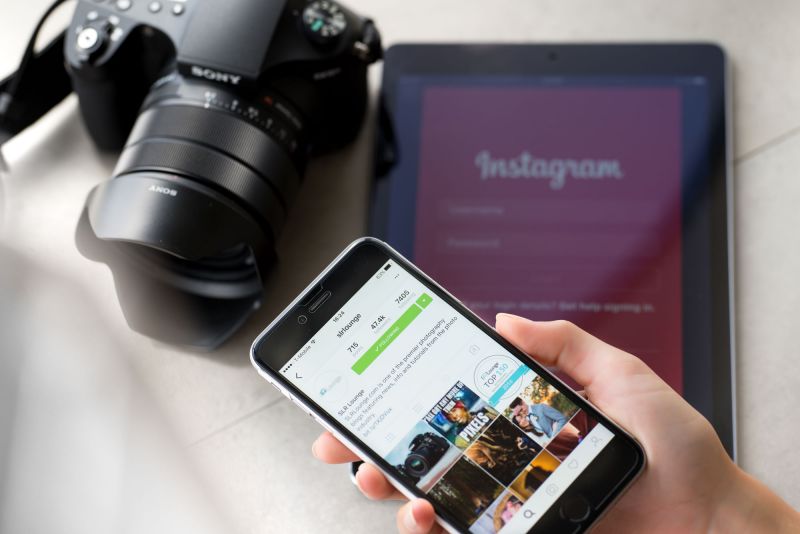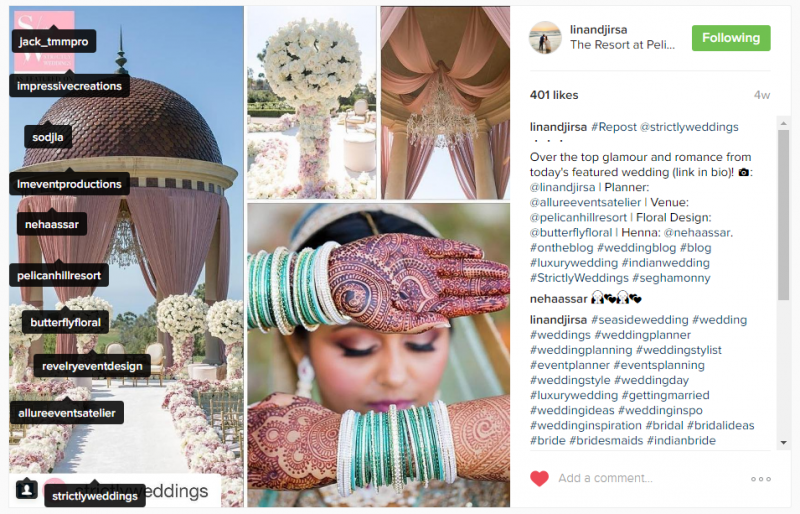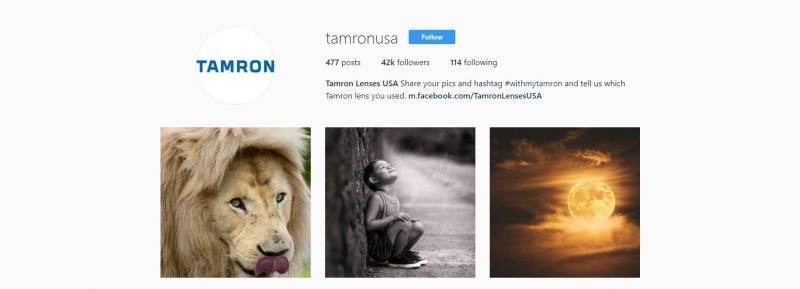
Love it or hate it, social media has become deeply rooted in our society. Simple human actions like becoming someone’s friend or courting a sweetheart, are not classified as “real” unless it is “Facebook official.” The mumblings of a narcissist at 3 AM, used to be just that, mumblings, but if it is put on Twitter and that man’s house is a particular color, it becomes a matter of public record.
For photographers, social media has become the default way to reach new clients and promote our work. Instagram, in particular, has been the poison of choice for many to showcase their work and share it with the community through a series of hashtags (a basic metadata tag used for categorization). Hashtags have been, and remain relevant. If you aren’t using them properly you’re hindering yourself.
Though some photographers are well versed, others need a bit of help so here you’ll find some Instagram hashtag mistakes and how to avoid them.

[REWIND: SOCIAL MEDIA IMAGE SIZES INFOGRAPHIC FOR 2017]
Lack of Hashtags
Studies have shown that there is a drop of engagement on Twitter when you use more than two or more hashtags. With 140 characters at a certain point, your post becomes more hashtags than content. For Instagram however, multiple studies have shown that posts with 11 or more have the most engagement. Each hashtag can expose your work to a plethora of potential followers and clients.

Each hashtag can expose your work to a plethora of potential followers and clients. Instagram has a limit of 30 hashtags, some would recommend using them all, while others feel that’s desperate. The key is finding that right mix that works for you, and using the ‘5 dots’ method to hide your hashtags from view.
If you are one who doesn’t like to have that many hashtags come up on your followers feed, comment on your own post with the hashtags and they will not show up as follows thumb through your images.
Not Doing Research
Not having enough hashtags is one of the major factors of not getting the engagement you want, but irrelevant, dead, or hashtags with double meanings can get you little engagement or worse, unwanted engagement. The integrated search bar in Instagram can help you do necessary research to get the best tags, and help you look for keywords that describe not only your post, but your account as well.
Keep in mind your hashtags should be engaging, interesting, and relevant. Using tags like #happiness or #coffee may describe a feeling or object within the frame, but if your feed isn’t about promoting either one of them they may be more hindrance than help.

Having irrelevant tags can confuse perspective followers, but it can also get lost in the shuffle if that tag is too popular. Using a popular tag, like #sunset which as over 140 million posts, your image will appear on the top of the feed for a brief moment before being buried under a sea of hundreds of similar images. It is best to avoid tags with over 1 million posts associated with them to gain any traction.
[RELATED: DEFINE YOUR PHOTOGRAPHIC STYLE | FIND YOUR INSTAGRAM COLOR PALETTE & PUT IT TO USE]
Look for ones that describe your brand or content with specifics. In my case, if I were to tag my images with #weddingphotographer it would get lost in the 6.5 million other posts. I would instead use #philadelphiaweddingphotographer with a little over 26,000 my images would gain more traction and target my audience.
A post shared by Justin Heyes (@jheyesphoto) on
Using Brands as Hashtags
Branded hashtags are a double-edged sword. Let me put something out there: brands themselves are not hashtags, and your hashtags should not be promoting another brand. Using a branded hashtag like #nikon or #canon85mm12 is an excellent way to attract other photographers, not who may or may not be your intended audience. Each hashtag has its specific market they may reach. Think about who you want to reach and tag accordingly.

A brand’s specific hashtag, however, is a good way to be featured on their feed. If a brand has a specific hashtag they would like you to use, it is usually with in their profile info. Very rarely, if at all, with a brand’s hashtag be its own name. Nikon’s hashtag, for example, is #nikonnofilter and Tamron’s is #withmytamron. These hashtags are you to collect a curate photos for like-minded photographers.

Constant Hashtags
Constantly using the same hashtags will limit your reach, and is a bit like overfishing a small pond; the same hashtags can fall flat with your followers and you may even lose a few remaining stagnant. Change up a few tags at a time to see if it make a difference. A good way to gauge if your new set of hashtags is getting good engagement is to check the “top posts” to see how you’re ranking.

The top posts tend to stay above the feed of any given hashtag. It will give you extended exposure for your images instead of eventually being buried under other images.
Instant Help
Social media has made content creators into pseudo-sociologists who study patterns and outcomes in society in order to gain the most exposure for our content and brand as a whole.
For those who need a bit of help with their hashtag game, services like RiteTag, Tagboard, Hashtagify, and Keyhole, help ensure that the tags you use are well-chosen. Some do this by showing you how good, great, or overused a particular hashtag is others, analyze tags across multiple social media for maximum impact.





Get Connected!